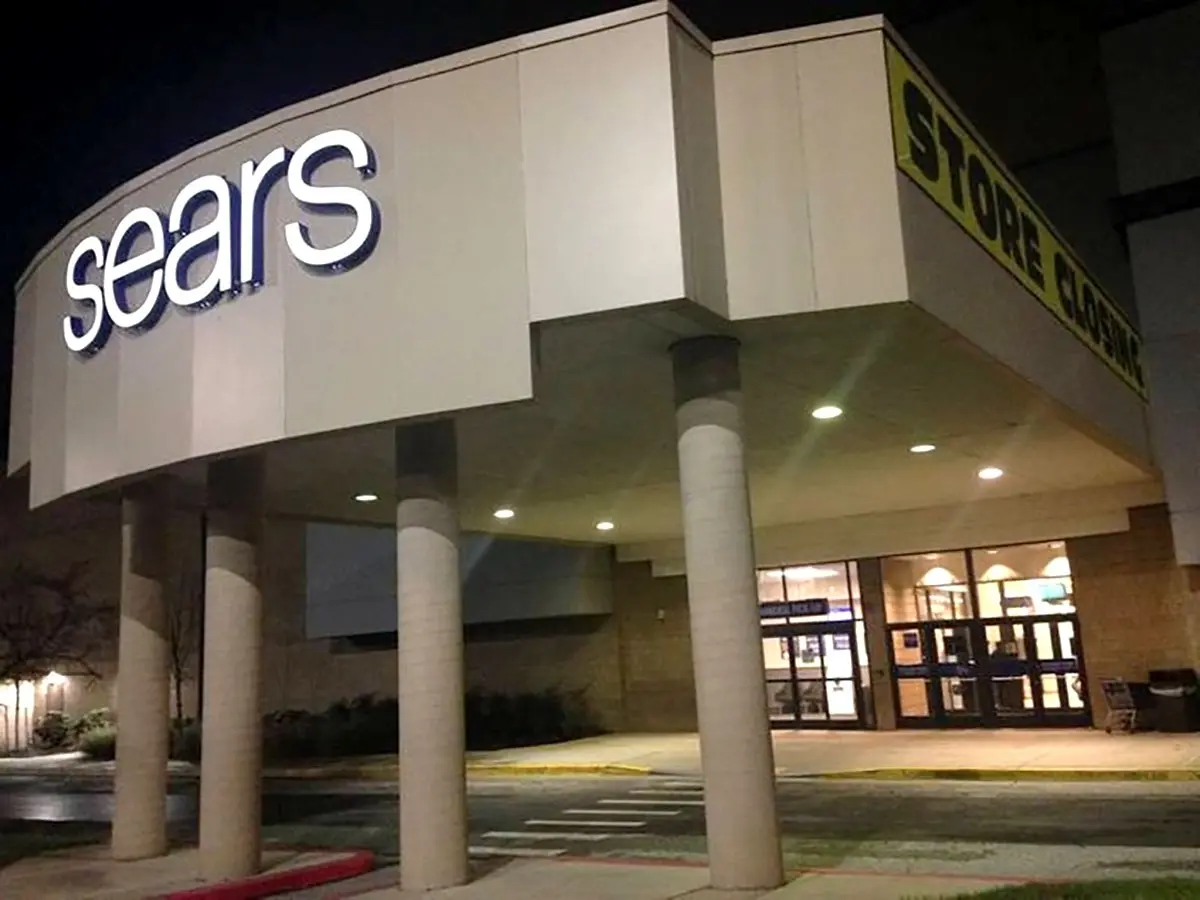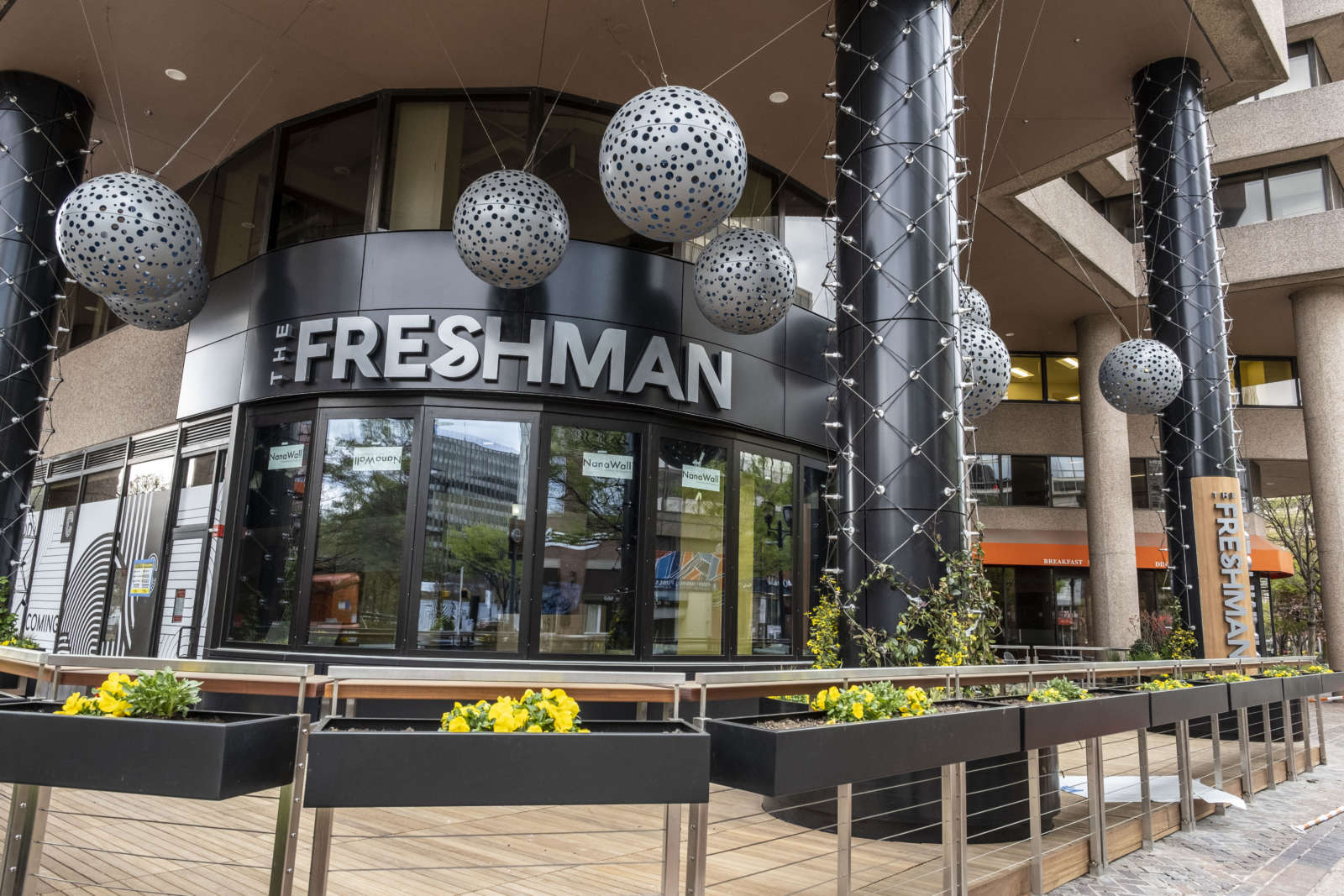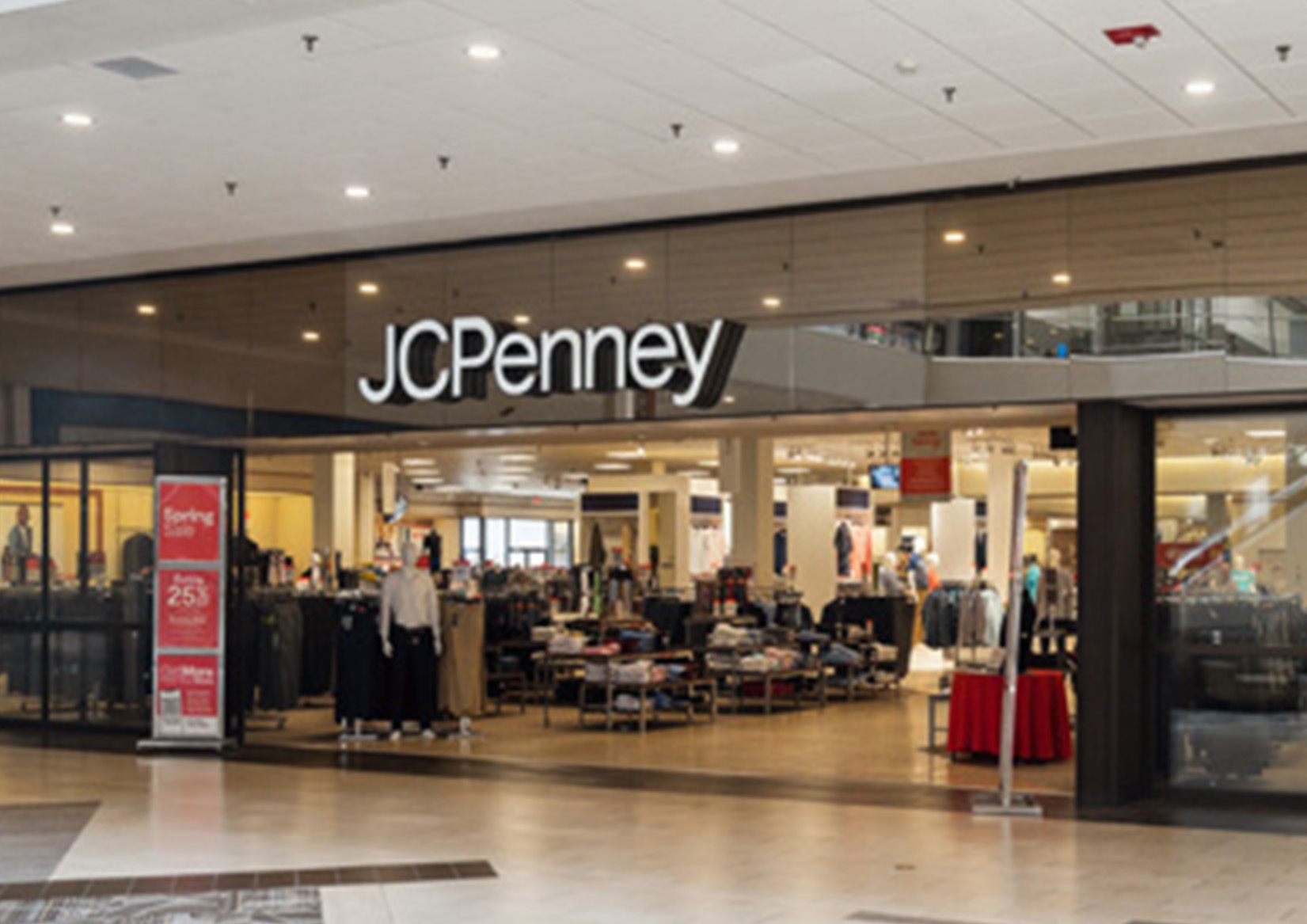Shopping malls, once the bustling centers of retail and social life, are facing a stark reality. The closure of Crystal City Shops just outside Washington, D.C., is a prime example of the broader decline affecting malls across the United States. This trend is not merely about changing consumer habits but a seismic shift in the retail landscape.

The Decline of In-Person Shopping
In the heyday of the 1980s, around 2,500 malls dotted the American landscape, serving as community hubs and retail meccas. Fast forward to today, and the number has dwindled to just 700.
This drastic reduction highlights a significant change in shopping preferences, primarily driven by the rise of online shopping and the global pandemic, which reshaped how consumers interact with physical retail spaces.
BREAKING: Crystal City's underground shopping mall is marked for closure after nearly five decades. More than two dozen merchants will be impacted. https://t.co/aqUTvWWlGx
— Washington Business Journal (@WBJonline) April 30, 2024
A Case Study: The Closure of Crystal City Shops
Located less than 1.5 miles from the Pentagon, Crystal City Shops, also known as the Crystal City Underground, had been a fixture since 1976. It featured everything from coffee shops and medical offices to a theater and metro access, catering mainly to commuters and residents of the densely populated metropolitan area.
JBG Smith, the property developer, cited “the shifted retail landscape and the evolution of National Landing” as key reasons for the closure. The underground mall, once vibrant and bustling, struggled to retain businesses, especially post-pandemic, as remote work became more prevalent, and commuter foot traffic decreased significantly.

The Larger Retail Shift and Its Impact
The story of Express, a popular streetwear brand that filed for bankruptcy and closed numerous stores, mirrors the challenges faced by many retailers that relied heavily on mall foot traffic.
Similarly, Macy’s announced the closure of about a third of its locations by 2026, underscoring the ongoing struggle within traditional retail sectors.

What’s Next for Malls and Retailers?
The closure of malls, especially in high-traffic areas like Crystal City, raises questions about the future of urban retail spaces and their role in cities. As JBG Smith evaluates the long-term plan for the now-vacant underground space, the fate of many similar malls hangs in the balance. Will these spaces be reimagined, or will they continue to close their doors?
The closure of Crystal City Shops is a poignant reminder of the ongoing transformation in the retail industry. As consumers’ preferences evolve and external factors like the pandemic reshape market dynamics, the retail world must adapt or face obsolescence.
The shift is not just about moving online but rethinking the role of physical retail in an increasingly digital world. The retail landscape continues to evolve, and while the future is uncertain, one thing is clear: the traditional shopping mall model needs to adapt swiftly to survive in this new era of consumer behavior.








